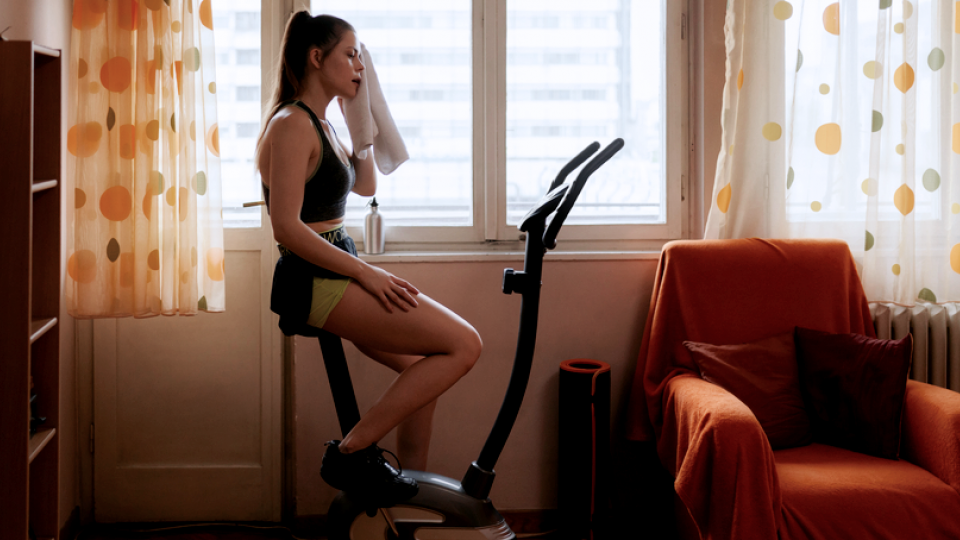
During these stressful and anxiety-provoking times (thanks, COVID-19), getting your body moving is more important than ever.
“There’s a significant benefit to exercise, including a decreased burden of mental health issues,” says Dr. Samuel Browd, a neurosurgeon and director of The Sports Institute at UW Medicine. “It’s been shown that exercise can be helpful for most medical conditions in some shape or form, and there’s a whole new body of literature around mental health and wellness.”
In other words, physical activity can prevent or reduce anxiety and depression. It can help you clear your mind and de-stress. And it can help you be more resilient.
Here’s what goes on behind the scenes in your brain when you exercise — and how to reap the mental health benefits of physical activity during COVID-19.
How movement boosts your mood
Have you ever heard of a runner’s high? How about that blissful feeling you get post-workout? That’s caused by your brain.
“When you exercise, there’s a significant increase in cerebral and vascular blood flow,” explains Browd. “We also know that there are chemicals released in the body and brain by exercise that are beneficial.”
Those self-produced chemicals are called endocannabinoids, and they are mobilized by physical activity.
This chemical release can boost your mood and reduce stress, anxiety and depression. In fact, exercise has been shown in some studies to be as effective as antidepressants in reducing symptoms of mild to moderate depression.
“Exercise is medicine,” says Browd. “There are huge benefits in terms of physical activity, from mental health and wellness to disease prevention.”
So if the COVID-19 pandemic has you feeling anxious or depressed (you’re not alone), getting active might be just what the doctor ordered.
The best ways to work up a sweat
The message is loud and clear: Exercise is good for your body and mind. But how much exercise is enough to benefit your mental health? And are all types of physical activity effective?
“The general recommendation is three to five times per week of moderate to vigorous exercise, which is exercising with your heart rate elevated for 30 to 60 minutes,” explains Browd.
To get your blood pumping — and to get the biggest mental health boost — turn to higher intensity workouts like strength training, cycling, swimming or running.
And while moderate to vigorous activity is most effective, Browd says that other low-intensity forms of exercise are shown to benefit the mind as well.
“There’s an emerging body of work that shows that any kind of exercise is better than none. And for people who prefer low intensity exercise, the more activity you do, the more benefit there is.”
So, if yoga is your activity of choice, chaturanga on. Going on a walk can improve your mental health, too. Even taking a few minutes to exercise throughout the day has health benefits.
It’s important to note that while exercise can have significant benefits on your mental health, it is not a complete solution for everyone. If you have questions about mental health care, reach out to your doctor.
Fun (and free) ways to workout
Finding a workout routine that meets your needs might sound easier in theory than in practice — especially with restrictions on gym usage and the cancelation of sports seasons. Fortunately, Browd has resources at the ready to help people get moving.
“We’ve aggregated a whole bunch of exercise options so people can go to find low-resource activities that can be used during this time,” says Browd.
From core workouts to soccer drills, their Exercise Anywhere search tool lets you do just that: exercise anywhere.
So go on, get sweating! Your body — and mind — will thank you.

 Healthy ideas for your inbox
Healthy ideas for your inbox





